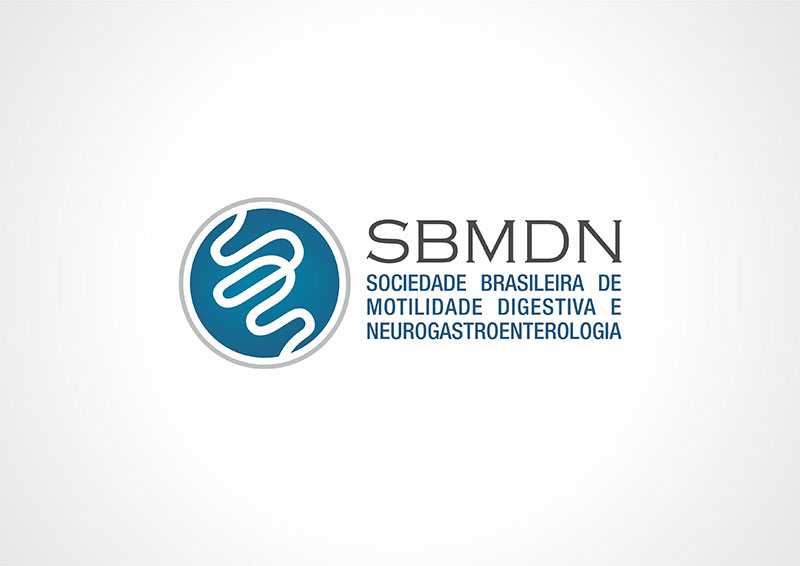Chicago classification criteria of esophageal motility disorders defined in high resolution esophageal pressure topography
Artigos recomendados- Dr. JOAQUIM PRADO P. MORAES FILHO
Onze sociedades internacionais participaram direta ou indiretamente das análises e conclusões da denominada Classificação de Chicago que consiste em um esquema logarítmico para o diagnóstico das enfermidades motoras do esôfago. Baseia-se em estudos de manometria de alta resolução e, de modo objetivo, esclarece e facilita a interpretação para uso na prática clínica da topografia de pressão esofágica de alta resolução. A Classificação de Chicago consiste em um processo diagnóstico evolucionário que inclui subtipos de acalásia (I,II,III), obstrução da junção esôfago-gástrica, alterações da motilidade esofágica não observadas em indivíduos considerados normais (como espasmo esofágico distal, esôfago hipercontrátil e aperistalse) e outras alterações.
O entendimento dos chamados “Critérios de Chicago” para os distúrbios de motilidade esofágica é extremamente importante, e embora a publicação original date de alguns anos, deve ser do conhecimento dos gastroenterologistas envolvidos com a motilidade digestiva e esofágica em particular. Considerando a importância da classificação e sua atualidade absolutamente presente, recomendamos enfaticamente que o artigo de 2012 seja lido atentamente.
Este artigo faz pare de um suplemento especial sobre manometria de alta resolução (MAR) , com trabalhos em “open acess”.
Em 2015, o mesmo grupo, atualizou valores e conceitos da MAR e a referência encontra-se abaixo.
Chicago classification criteria of esophageal motility disorders defined in high resolution esophageal pressure topography
A. J. Bredenoord
M. Fox
P. J. Kahrilas
J. E. Pandolfino
W. Schwizer
A. J. P. M. Smout
The International High Resolution Manometry Working Group
https://doi.org/10.1111/j.1365-2982.2011.01834.x
Abstract
Background
The Chicago Classification of esophageal motility was developed to facilitate the interpretation of clinical high resolution esophageal pressure topography (EPT) studies, concurrent with the widespread adoption of this technology into clinical practice. The Chicago Classification has been an evolutionary process, molded first by published evidence pertinent to the clinical interpretation of high resolution manometry (HRM) studies and secondarily by group experience when suitable evidence is lacking.
Purpose
This publication summarizes the state of our knowledge as of the most recent meeting of the International High Resolution Manometry Working Group in Ascona, Switzerland in April 2011. The prior iteration of the Chicago Classification was updated through a process of literature analysis and discussion. The major changes in this document from the prior iteration are largely attributable to research studies published since the prior iteration, in many cases research conducted in response to prior deliberations of the International High Resolution Manometry Working Group. The classification now includes criteria for subtyping achalasia, EGJ outflow obstruction, motility disorders not observed in normal subjects (Distal esophageal spasm, Hypercontractile esophagus, and Absent peristalsis), and statistically defined peristaltic abnormalities (Weak peristalsis, Frequent failed peristalsis, Rapid contractions with normal latency, and Hypertensive peristalsis). The Chicago Classification is an algorithmic scheme for diagnosis of esophageal motility disorders from clinical EPT studies. Moving forward, we anticipate continuing this process with increased emphasis placed on natural history studies and outcome data based on the classification.
The Chicago Classification of esophageal motility disorders, v3.0
P. J. Kahrilas
A. J. Bredenoord
M. Fox
C. P. Gyawali
S. Roman
A. J. P. M. Smout
J. E. Pandolfino
International High Resolution Manometry Working Group
https://doi.org/10.1111/nmo.12477
Abstract
Background
The Chicago Classification (CC) of esophageal motility disorders, utilizing an algorithmic scheme to analyze clinical high‐resolution manometry (HRM) studies, has gained acceptance worldwide.
Methods
This 2014 update, CC v3.0, developed by the International HRM Working Group, incorporated the extensive clinical experience and interval publications since the prior (2011) version.
Key Results
Chicago Classification v3.0 utilizes a hierarchical approach, sequentially prioritizing: (i) disorders of esophagogastric junction (EGJ) outflow (achalasia subtypes I‐III and EGJ outflow obstruction), (ii) major disorders of peristalsis (absent contractility, distal esophageal spasm, hypercontractile esophagus), and (iii) minor disorders of peristalsis characterized by impaired bolus transit. EGJ morphology, characterized by the degree of overlap between the lower esophageal sphincter and the crural diaphragm and baseline EGJ contractility are also part of CC v3.0. Compared to the previous CC version, the key metrics of interpretation, the integrated relaxation pressure (IRP), the distal contractile integral (DCI), and the distal latency (DL) remain unchanged, albeit with much more emphasis on DCI for defining both hypo‐ and hypercontractility. New in CC v3.0 are: (i) the evaluation of the EGJ at rest defined in terms of morphology and contractility, (ii) ‘fragmented’ contractions (large breaks in the 20‐mmHg isobaric contour), (iii) ineffective esophageal motility (IEM), and (iv) several minor adjustments in nomenclature and defining criteria. Absent in CC v3.0 are contractile front velocity and small breaks in the 20‐mmHg isobaric contour as defining characteristics.
Conclusions & Inferences
Chicago Classification v3.0 is an updated analysis scheme for clinical esophageal HRM recordings developed by the International HRM Working Group





